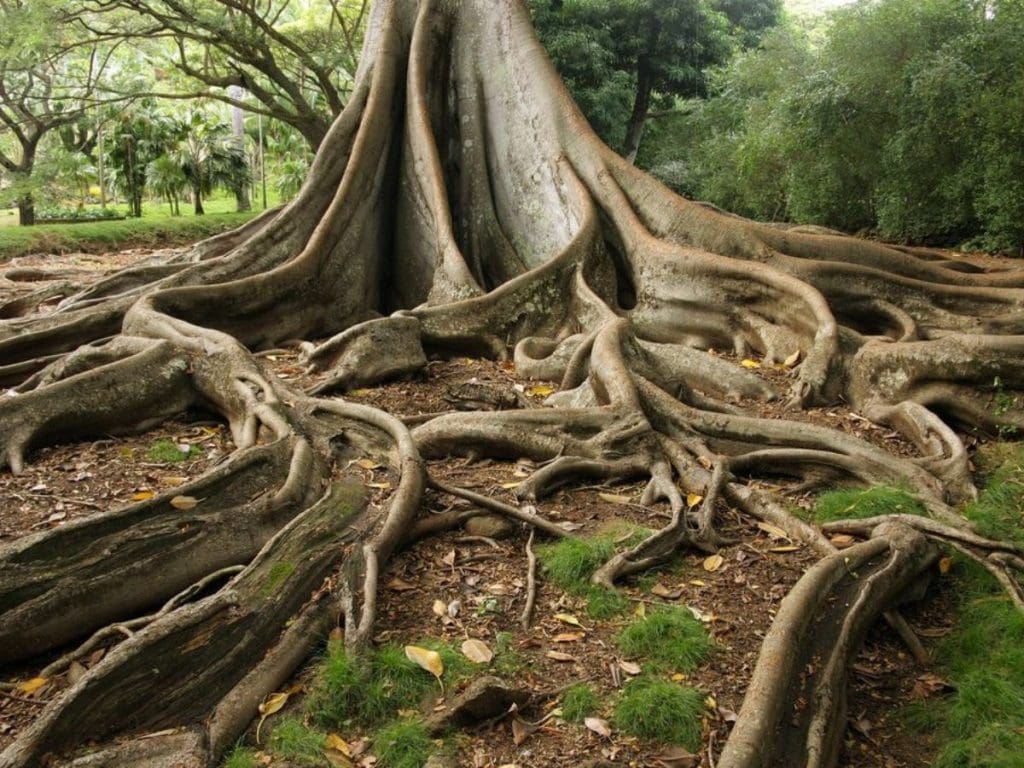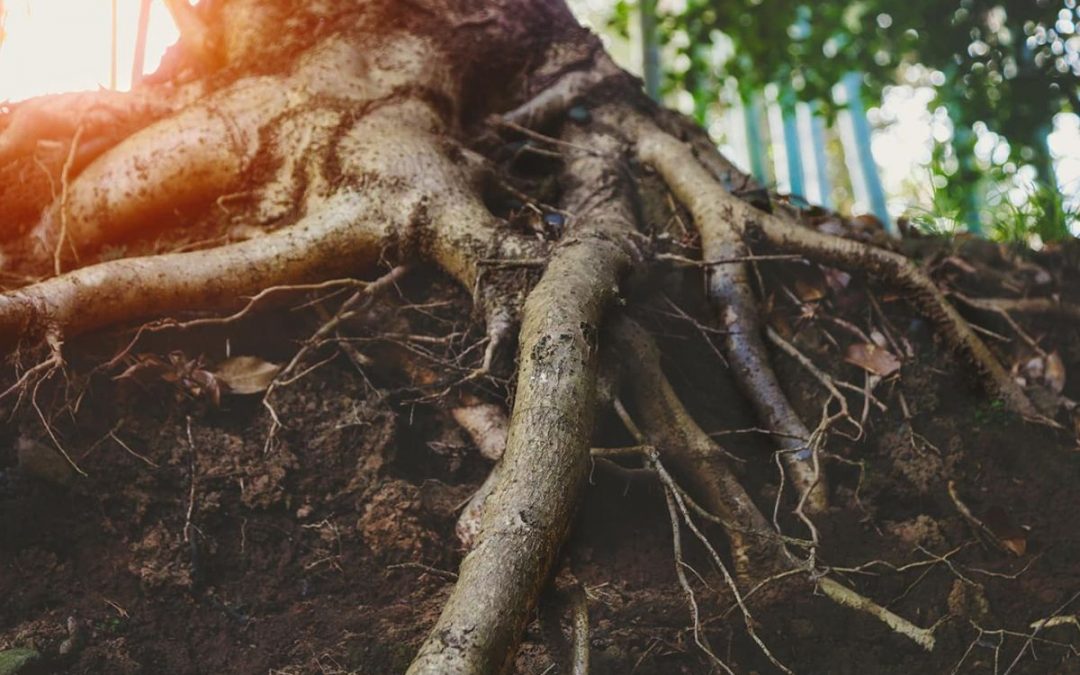If you’ve noticed tree roots in your drain pipes or sewer lines, you’re probably wondering what you can use to eliminate them. A chemical derived from rock salt can be very effective. It robs the roots of moisture and kills them. It’s important to use a chemical regularly to keep tree roots at bay.
Table of Contents
How Tree Roots Get Into Your Sewer Lines
A slow drain or gurgling toilet can indicate tree roots are invading your sewer lines. Tree roots are attracted to the water and nutrients in your sewer lines. They will grow and spread in any direction along your sewer line or septic tank. Eventually, they will create a clog.
Tree roots have a number of ways to get into a sewer line. They can break through cracks and enter through holes. The best way to get rid of them is to hire a professional. This is the best way to keep your home safe from tree roots. The quickest and most effective solution is to call a professional.
The first step is to cut off the tree roots before they can block your sewer line. This is a fairly easy process. A special mechanical auger with blades at its tip can be used to cut out small tree roots. The cable is then fed into the sewer line, and the blades on the end of the cable cut off the roots. Next, flush your sewer line to remove any remaining roots.
Symptoms of Tree Roots in Sewer Line
Tree roots in the sewer line can lead to a variety of problems, including a slow drain or gurgling noise from the faucet. If you suspect that your sewer line may be clogged, it’s best to get it inspected. A sewer camera inspection can detect the presence of roots. The first symptom of a blocked drain is slow draining water. If the drain takes longer than usual, you may notice that the surrounding vegetation has begun to wither.
In addition to clogged pipes, tree roots can also cause foul odors. These odors are an indicator that tree roots have penetrated your sewer line. Tree roots can also cause your water bill to increase, which can be a sign of a water leak. Additionally, damaged pipes can lead to sinkholes.
Tree roots are a common problem with sewer lines. They are attracted to water and nutrients, and will grow toward your buried sewer lines. Tree roots can be extremely persistent and strong enough to break down pipelines. Fortunately, there are some ways to spot tree roots in your sewer line, and a plumber will be able to get them out and prevent further damage.
Signs Of Roots In Drain Pipes
Tree roots can wreak havoc on your drain pipes. The roots of trees seek out nutrients in the ground and can easily get into drain pipes. This can result in clogged drains and slow drains. This type of problem is more likely to occur on older homes or properties with large trees. The first sign is when your drains begin to gurgle and drain water slowly. Other symptoms include weird smells and slow drainage.
If your drains are slow, your toilets are gurgling, and your sink drains slowly, you may have a root problem. You may also notice a sulphurous odor coming from your drains. The stench can be particularly unpleasant in warm weather.
Sinkholes and soft spots in your yard are other signs of tree roots in drain pipes. Water flowing out of the sewer line can cause the ground to become over-saturated and sink. This means that your soil is absorbing more water than it can absorb, which can lead to a higher water bill.

How to Prevent Tree Roots in Sewer Line
Tree roots can cause significant damage to your sewage system, so it’s important to understand how to prevent them from growing in your pipes. Roots grow quickly and are attracted to pipes that carry water, nutrients, and oxygen. When they get inside, they will continue to grow at an accelerated rate, causing blockages and even broken pipes. You can avoid these problems by regularly maintaining your pipes.
Ideally, trees should be planted far away from sewer pipes. However, if you can’t remove the entire tree, you can try to prevent it from growing close to the pipes. It’s best to choose smaller trees that will grow slowly. Smaller trees will have smaller root systems, making them less likely to block sewer pipes. Another option is to place wooden or metal barriers around the pipes to discourage root growth. Lastly, chemicals in slow-release forms can be used to discourage the growth of tree roots.
Trees require a lot of organic nutrients to thrive. These nutrients are often found in the sewer line. When these nutrients are available, feeder roots will find their way into the pipe. These roots will eventually block the pipes and create a huge mess. In addition, they can also cause damage to your home.
Homemade Root Killing Remedies
If you want to kill tree roots, but you don’t want to spend a lot of money, there are several homemade remedies that you can use. One of them is vinegar, which you can spray onto tree roots to dissolve them. However, you have to apply the vinegar several times in order to kill the tree roots completely.
If you’re in a rush to kill tree roots, you can also use rock salt or Epsom salt to kill them. This is a powerful chemical compound that will dissolve tree roots and can also kill sewer roots. Rock salt is readily available in most home improvement stores, and it can be easily added to water for a flush.
For a more environmentally-friendly root killing solution, you can mix baking soda and vinegar. Pour the mixture around the biggest roots and leave it to fizz for at least a few days. Repeat this process up to three times. You can also pour the solution into the holes around stumps. Remember to use a plastic sheet to prevent any dirt from coming in contact with the solution.
Permanent Tree Root Solutions
A tree root barrier is a great option if you want to protect your trees from being damaged. These barriers help trees grow deeper into the soil and increase their stability and drought tolerance. Unlike watering bags, which are temporary solutions, tree roots solutions use a permanent solution that does not require digging up your yard.
Do reclined pipes prevent entry of tree roots in s
Tree roots can be very damaging to pipes and the landscaping surrounding them. A chemical treatment or root cutting machine can help you remove the roots. If you cannot locate the problem tree, you can wait for the roots to regrow. If they do not, you can either poison them or cut them down. If you are not willing to wait for the roots to regrow, you can use sophisticated composite resins and synthetic sleeve that are available in the market.
Tree roots are a major concern for homeowners with underground pipes. Depending on the species of trees, their root systems may extend into vulnerable areas of the pipes and cause significant damage. Before investing in a relining project, you should understand how tree roots grow. Tree roots require ample water, oxygen, and minerals to grow. They can sense when the water is flowing and can enter the pipe by using its roots.
Another method of repairing damaged pipes is to apply an epoxy coating. These coatings make it possible to create a new pipe within an old pipe and protect against future problems. To do this, a flexible tube is slid through the damaged section of the pipe and a fast-setting resin is applied. This resin cures quickly and forms a strong new pipe inside the damaged pipe. The best part is that these relinings are guaranteed for 50 years or more.
Conclusion
If you are wondering what will dissolve tree roots, there are a couple of different solutions available on the market. One solution involves the use of a copper implant, which will not harm a healthy tree. However, if you are dealing with an old or debilitated tree, you may want to look for something else.

